What is Dermaplaning?
Dermaplaning is a cosmetic procedure that until recently would typically be carried out by a clinician or sometimes a beautician.
The main purpose of dermaplaning is to remove dead skin cells and peach fuzz (vellus hair) from the face, leaving behind a smoother and more even surface to apply makeup or other cosmetic products.
Dermaplaning has gained popularity in recent years as it has few side effects and clear benefits for the user.
In this article, we’ll go through the benefits of dermaplaning, things to consider before dermaplaning, who should avoid dermaplaning altogether and how to dermaplane more cost efficiently.
What are the benefits of dermaplaning?
Smoother canvas for applying makeup
One of the benefits that is most lauded is the ability to apply makeup onto a smooth surface. Often when applying makeup, peach fuzz and build ups of dead skin cells can make the final results look patchy, whereas after dermaplaning, makeup can be applied to smooth skin effortlessly, allowing the user to get the best results from their makeup.
Optimal results from other skincare products
Dermaplaning is often combined with other skincare treatments because once peach fuzz and dead skin is removed, cosmetic products can penetrate the skin unhindered, ensuring that the user gets the most optimal results from their products.

Physical exfoliation
Dermaplaning can be thought of as a method of physical exfoliation. Clearing the skin of dirt and dead skin cells makes it appear healthier and cleaner. This differs from shaving which is just intended to remove the top layer of hair, whereas dermaplaning goes a bit deeper to remove other issues that linger on the surface of your skin.
Brighter, softer skin
After dermaplaning, users report that their skin feels softer and looks brighter. This is because the top layer of skin which may carry dirt and dead skin cells is removed, revealing the softer and balanced skin underneath.

Hyperpigmentation and wrinkles
Dermaplaning is often credited with aiding in the reduction of wrinkles and hyperpigmentation. Whilst we could find no scientific evidence that dermaplaning actually does anything to address these skin concerns, it’s up to you whether you’d like to test dermaplaning if you are concerned with either of these two conditions.
What are some alternatives to dermaplaning?
Dermaplaning is not the only way to achieve a smoother, balanced complexion. Traditional exfoliators can also help to get rid of dead skin cells and although they won’t help with peach fuzz, exfoliators are often cheaper and less intrusive than dermaplaning.
The other alternative is dermabrasion which is generally considered to be a more invasive clinical procedure. Dermabrasion has a similar effect to dermaplaning, but instead of using a scalpel, dermabrasion sands your skin down to get rid of imperfections.
Does dermaplaning cause breakouts?
If you use proper dermaplaning techniques, then there is no reason that it would cause breakouts. Dermaplaning should be done gently and only remove the top layer of dirt, dead skin cells and peach fuzz, without creating more skincare issues.
If you have particularly sensitive skin, you should proceed with caution and test your dermaplaner on a small area of skin, observing the results before proceeding with your entire face.
Who should avoid dermaplaning?
If you have an active skin condition, it’s important not to spread those issues around the face. People with the following skin conditions are advised not to use dermaplaners:
An active case of acne.
Cold sore outbreaks.
Eczema.
Moles, freckles, skin tags or other skin growths.
Psoriasis.
Skin burns, such as those from radiation therapy.
Skin rashes (contact dermatitis).
What to expect after dermaplaning.
After dermaplaning your skin should feel immediately softer and smoother, giving you that instant gratification and making your face feel great! This is the main reason that people dermaplane prior to going out or attending an event.
Some people experience slight redness and a tingly sensation after dermaplaning. If you have any of these symptoms then it’s likely that you’re pressing a little bit too hard when dermaplaning. It’s important to let the blade do the work and not to apply too much pressure which can irritate your skin.

Best dermaplaning aftercare?
Dermaplaning makes your skin more receptive to other skincare products such as cleansers and moisturisers, so many people will combine dermaplaning with another treatment. If you are suffering from problems such as hyperpigmentation or acne scars, you may wish to dermaplane before applying treatments for these conditions.
Think of dermaplaning like a physical and more in-depth exfoliation, helping to get rid of the top layer of skin, dirt and vellus hair in order to prepare your skin to receive other treatments with optimal results.
If you aren’t suffering from another skincare issue, then commonly moisturising after using a dermaplaner will help to soothe any irritation and give your skin an even and balanced glow.
How often should I dermaplane?
We recommend to dermaplane no more than once a week (if that). Dermaplaning is essentially physical exfoliation and your face should not have a huge buildup of dead skin cells after such a short amount of time, so space out your sessions and play it by ear.
When you first start on your dermaplaning journey, be cautious and begin dermaplaning once a month, see how you feel and increase the frequency if needed.
How much does dermaplaning cost?
A typical dermaplaning session at a UK-based beautician will cost from £30 - £100 depending on the area and the individual business.
In contrast, at home dermaplaning kits range between £10 (single use) or £25 (reusable).
Clearly, dermaplaning at home is cheaper, but there is a learning curve which may dissuade some people from diy dermaplaning. However, if you want to dermaplane on a regular basis, learning how to dermaplane at home may be a great way to achieve the look that you want, without spending a lot of money.

Does dermaplaning make hair grow back faster and thicker?
Despite the often touted myth, hair does not grow back thicker or faster when it is shaved. If this was true, wouldn’t balding men be frantically shaving their heads?
The Mayo clinic explains that when hair is shaved it does not grow back looking any different from how it was before. However, shaving may give your hair a blunt end which might make it feel thicker. This feeling will dissipate in time and your hair will return to its natural state.
How to dermaplane at home
Dermaplaning at home is simple and cost-effective. Simply follow our step-by-step instructions below to start your dermaplaning journey:
Step one: Wash your skin using a natural soap and dry it with a clean towel.
Step two: Lightly rinse your eyebrow razor or dermaplaner under warm water. Ensure that the blade has been used no more than 5 times.
Step three: At a 45° angle, stroke in the direction of hair growth. Do not put any pressure on the dermaplaner. Let the blade do the work and do not press.
Step four: Rinse your dermaplaner as you go and change the angle so that you’re always gliding in the direction of hair growth.
Step five: When you are finished dermaplaning, rinse the blade and dry it with a washcloth. Replace the silicone protective head if you have one and store your dermaplaner safely where it cannot attract dirt and germs.
And for you visual learners out there, here is a link to a Youtube tutorial made by a dermatologist who talks through the benefits of dermaplaning as well as showing her subscribers how to use a dermaplaner or eyebrow razor.
To Summarise…
In essence, dermaplaning is a way to physically exfoliate your skin. It differs from traditional exfoliants as it also removes peach fuzz and the top layer of skin.
Dermaplaning is a relatively risk-free cosmetic treatment. The only risks are accidentally cutting yourself or potentially irritating your skin if done incorrectly.If done properly, dermaplaning can form a crucial part of a good skincare routine and help users to extract maximum benefits from other skincare products and makeup products.
If you have any questions about dermaplaning, feel free to drop them in the comments below and our team will respond in due course!

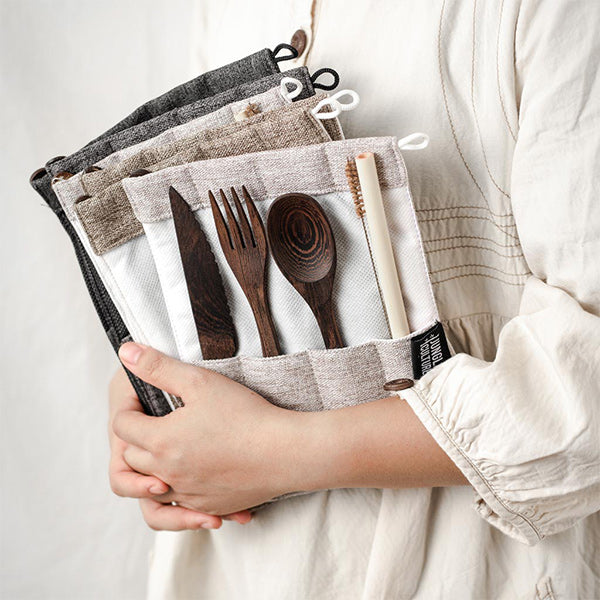
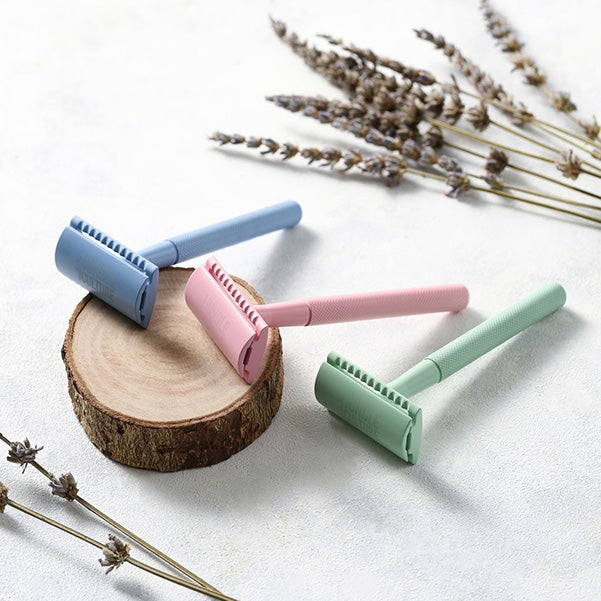

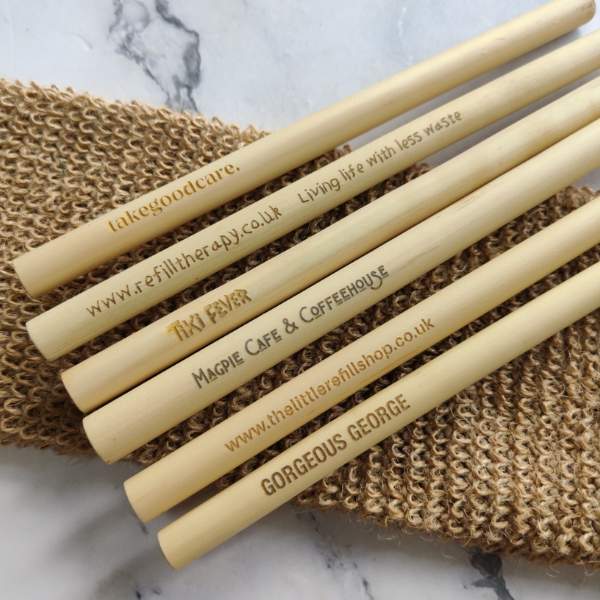



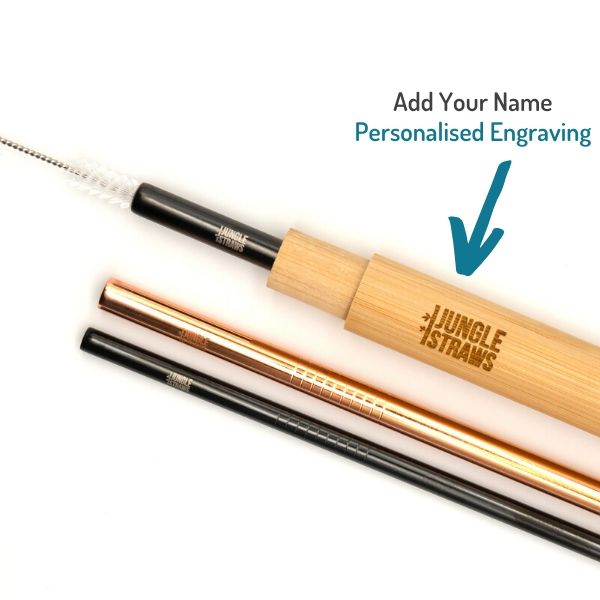
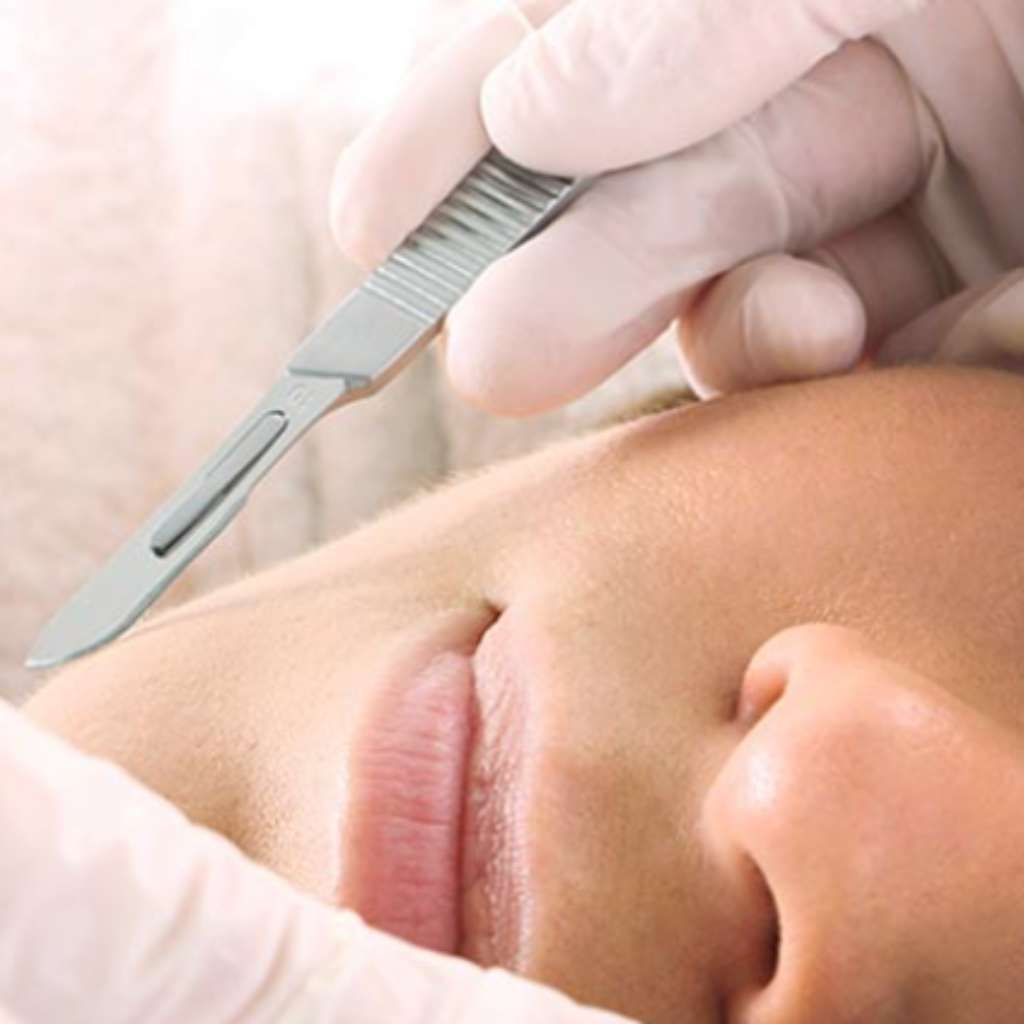
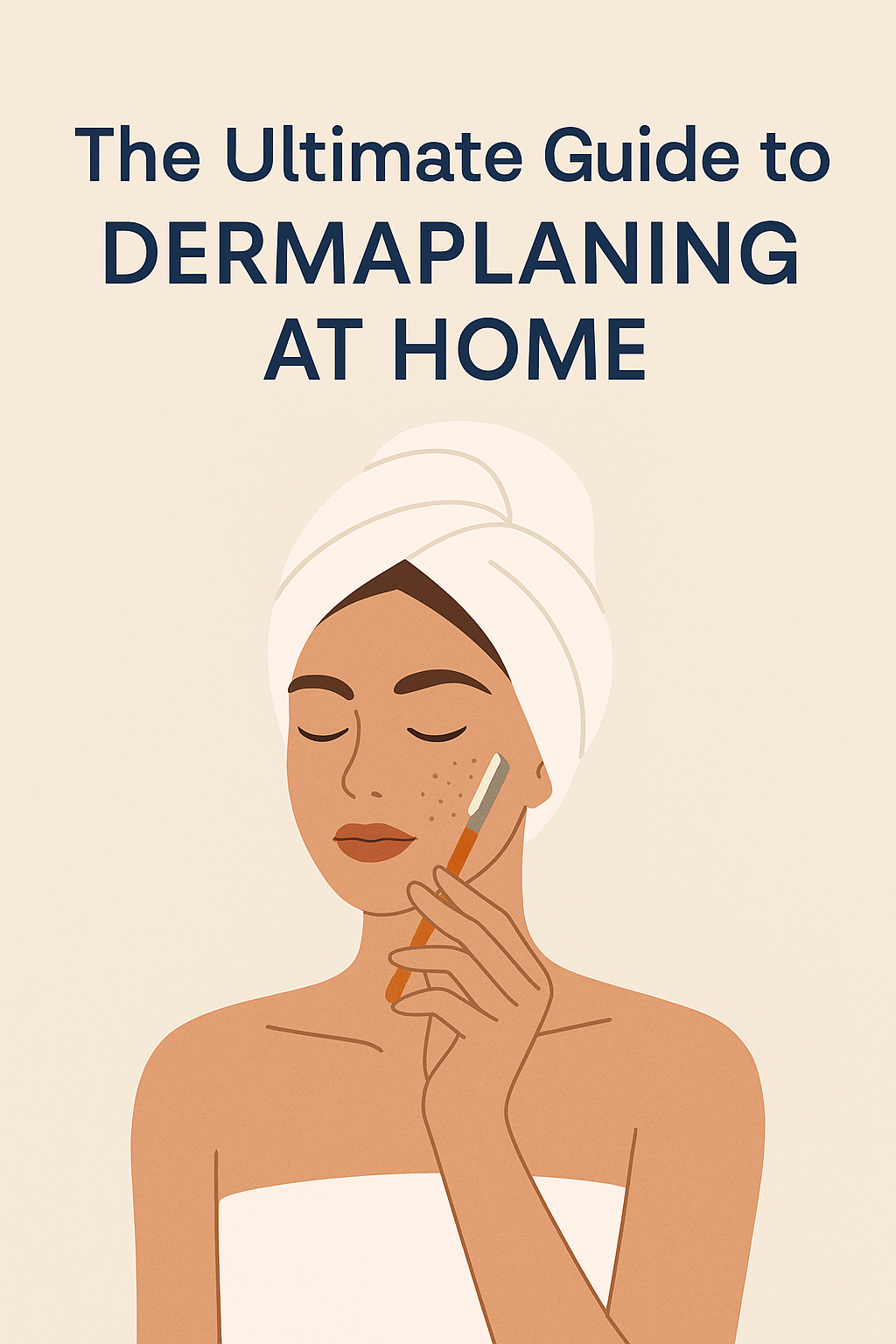

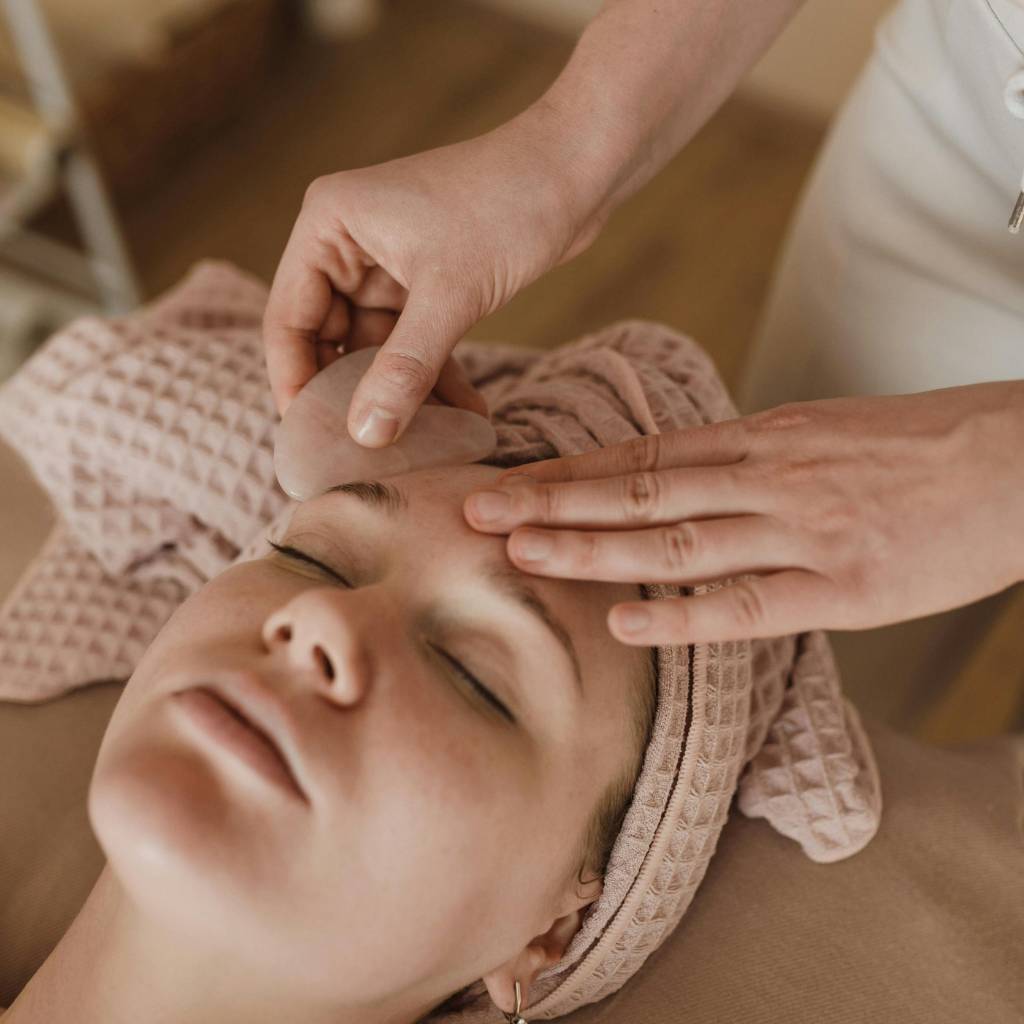
Leave a comment (all fields required)